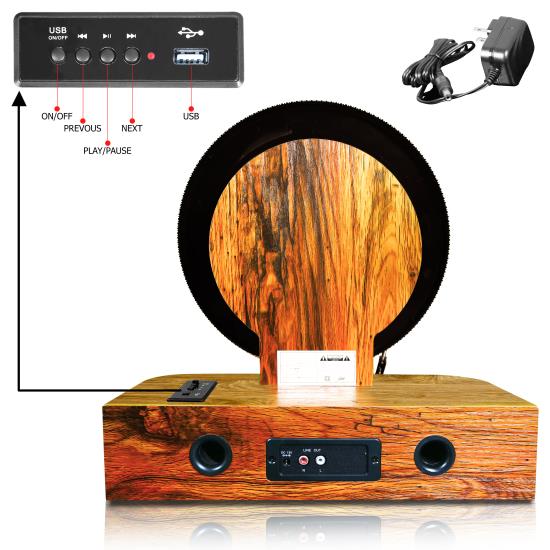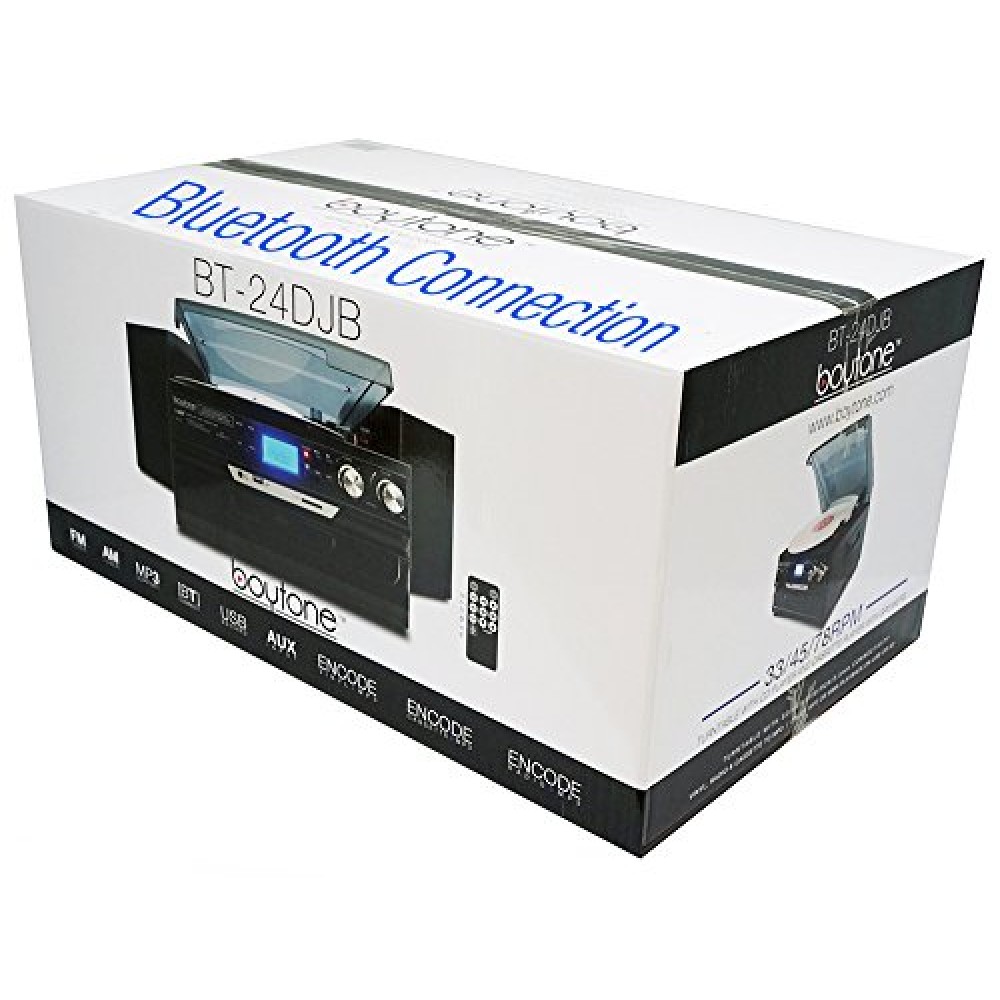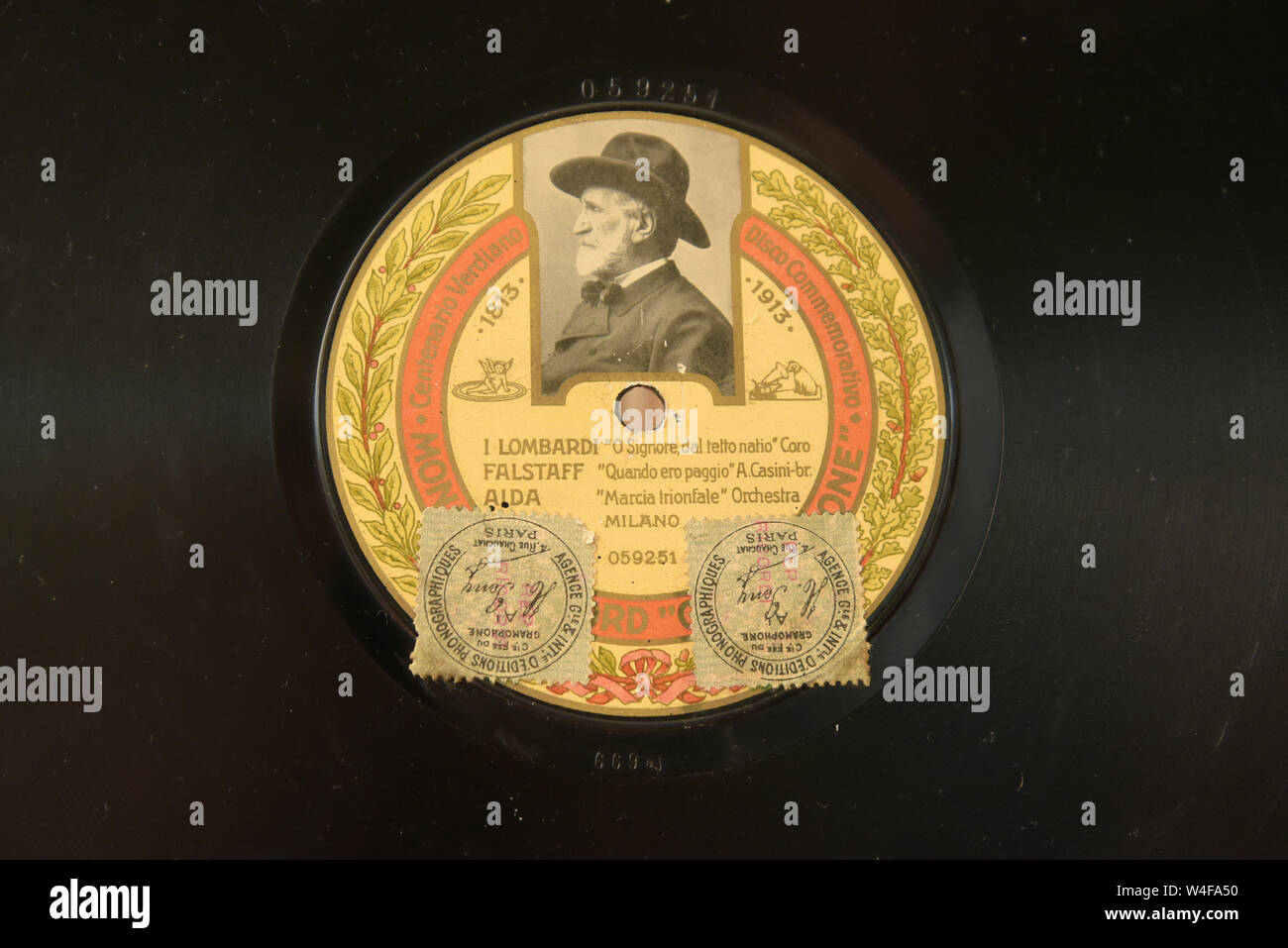

These microgrooves required a needle stylus nearly one third the size of a 78 RPM stylus. Microgrooves are just a smaller groove within the vinyl record. Reducing the speed so drastically was possible through “microgrooves.” In 1948 Columbia Records introduced “long players,” or more commonly referred to as an “LP.” LPs were to fulfill the need of longer playtimes by spinning the record at a slower 33 RPM. When sound was introduced into movies, the short runtime of these 78 RPM records was insufficient and required longer playtimes. In the early days of vinyl records, 78 RPM was the most common and only provided a total of 10 minutes of runtime. Listed below are the most common sizes and RPMs you may come across and the advised max runtimes of the combination determined by manufacturers. Groove length is a product of the diameter of the record and how tightly the grooves are packed together.


The playing time of a vinyl record depends on total groove length. Playing Times of the Many Vinyl Variations However, there are many other standards at play, and when purchasing antique albums. These are the two most common types of records and covers a majority of the market. Generally, any longer, the sound quality would start to deteriorate. A 7-inch 45 RPM record can fit approximately 5 minutes per side for a total of 10 minutes. Vinyl records share the same limitation and can represent a limited playtime accurately.Ī standard 12-inch 33 RPM vinyl record can have a playtime of roughly 22 minutes per side for a total of 44 minutes. Just like any medium for music, there is only so much space you can use to transcribe music onto.


 0 kommentar(er)
0 kommentar(er)
